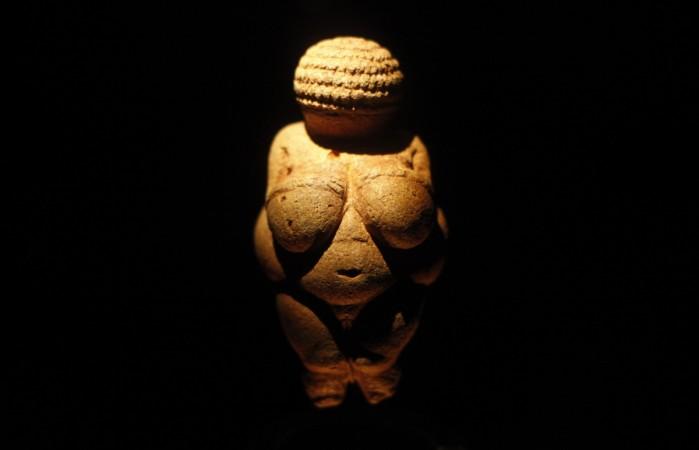
American social networking giant Facebook has reportedly censored 'Venus of Willendorf", a 30,000-year-old statue in Vienna, deeming it "pornographic". Natural History Museum in Vienna, where the statue is on display, is outraged by the decision, reports said.
However, contents and pictures on 'Venus of Willendorf' is still available on the social network site. A video has been shared by Daily Mail, which shows a Facebook message saying 'The feature has been temporarily blocked', indicating that the social media platform took down the photographs of the statue only temporarily.
"We think that an archeological object, especially such an iconic one, should not be banned from Facebook because of 'nudity', as no artwork should be. Let the Venus be naked! Since 29,500 years she shows herself as prehistoric fertility symbol without any clothes. Now Facebook censors it and upsets the community," The Express Tribune quoted from a statement issued by the museum.
The controversy began in December 2017 when Laura Ghianda, an Italian arts activist, posted a picture of the statue on Facebook, following which it went viral, the website reported.
After Facebook reportedly censored the photograph, Ghianda came out in public with a stern message for the social media giant.
"This statue is not 'dangerously pornographic'. The war on human culture and modern intellectualism will not be tolerated," the activist was quoted as saying by the news website.
Here is all you need to know about "the icon"
The Venus of Willendorf is an 11centimeter-tall (4 inch) figurine. It was found during excavations of a site in 1908 near the Austrian village of Willendorf.
The statue is of a voluptuous naked woman with her breasts and her pelvic areas exposed. While no facial feature is carved, the head shows a pattern, which probably represented a braid or cap.
The statue belongs to the early Stone Age and is considered "the most popular and best-known prehistoric representation of a woman worldwide," reported the website, citing director general Christian Koeberl of Vienna's Natural History Museum.
According to anthropology.msu.ed, the statue was probably carved by hunters and gatherers.
The way the figure is sculpted indicates that it is a fertility figure or a mother goddess symbol, states britannica.com. The website also says that probably the small statue was considered as a good-luck totem.
IBTimes, India has contacted the museum to know what happened after it objected to the Facebook's decision to take down the photo of the statue. We will be updating the story as soon as we get a response.

















